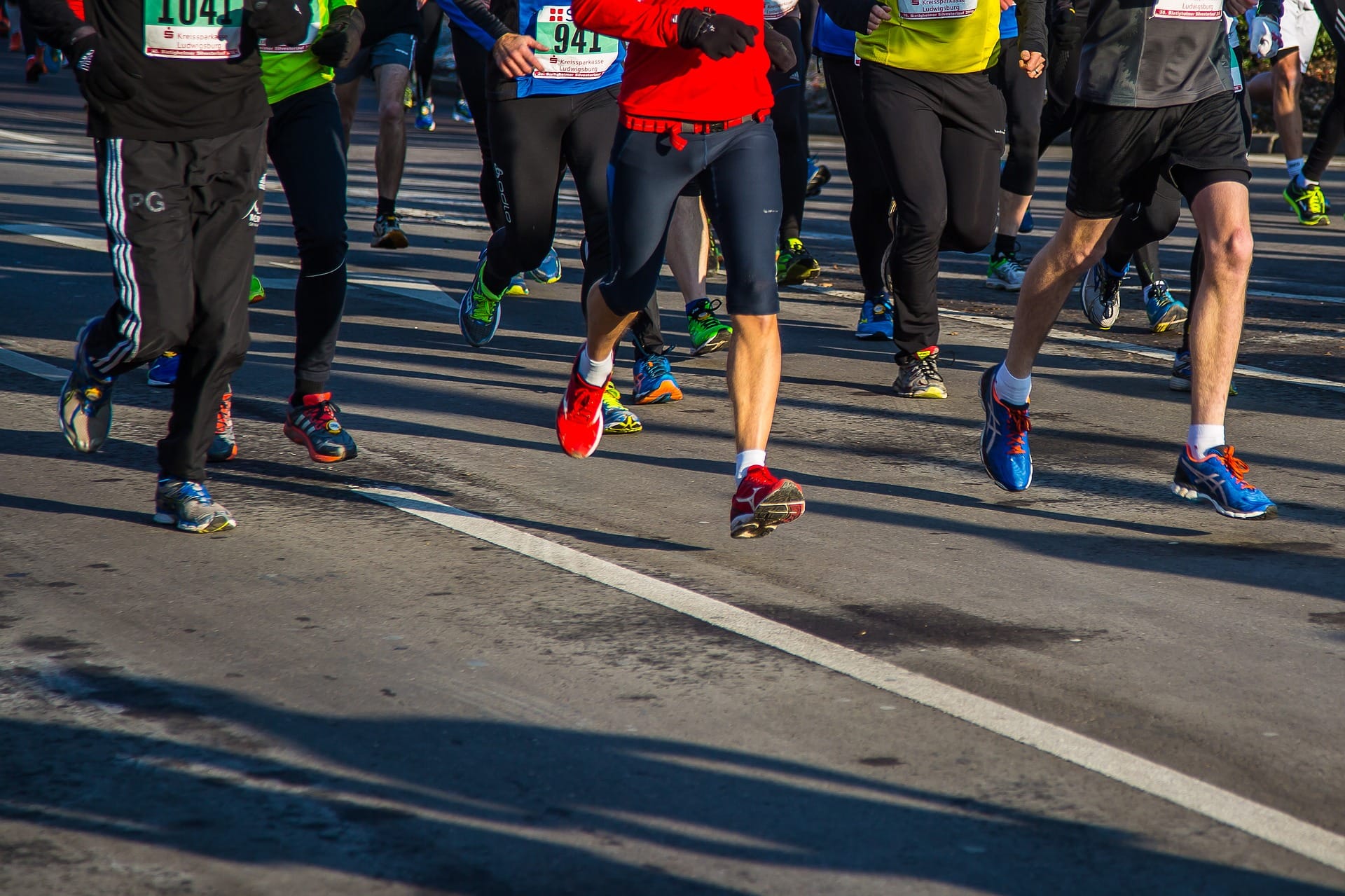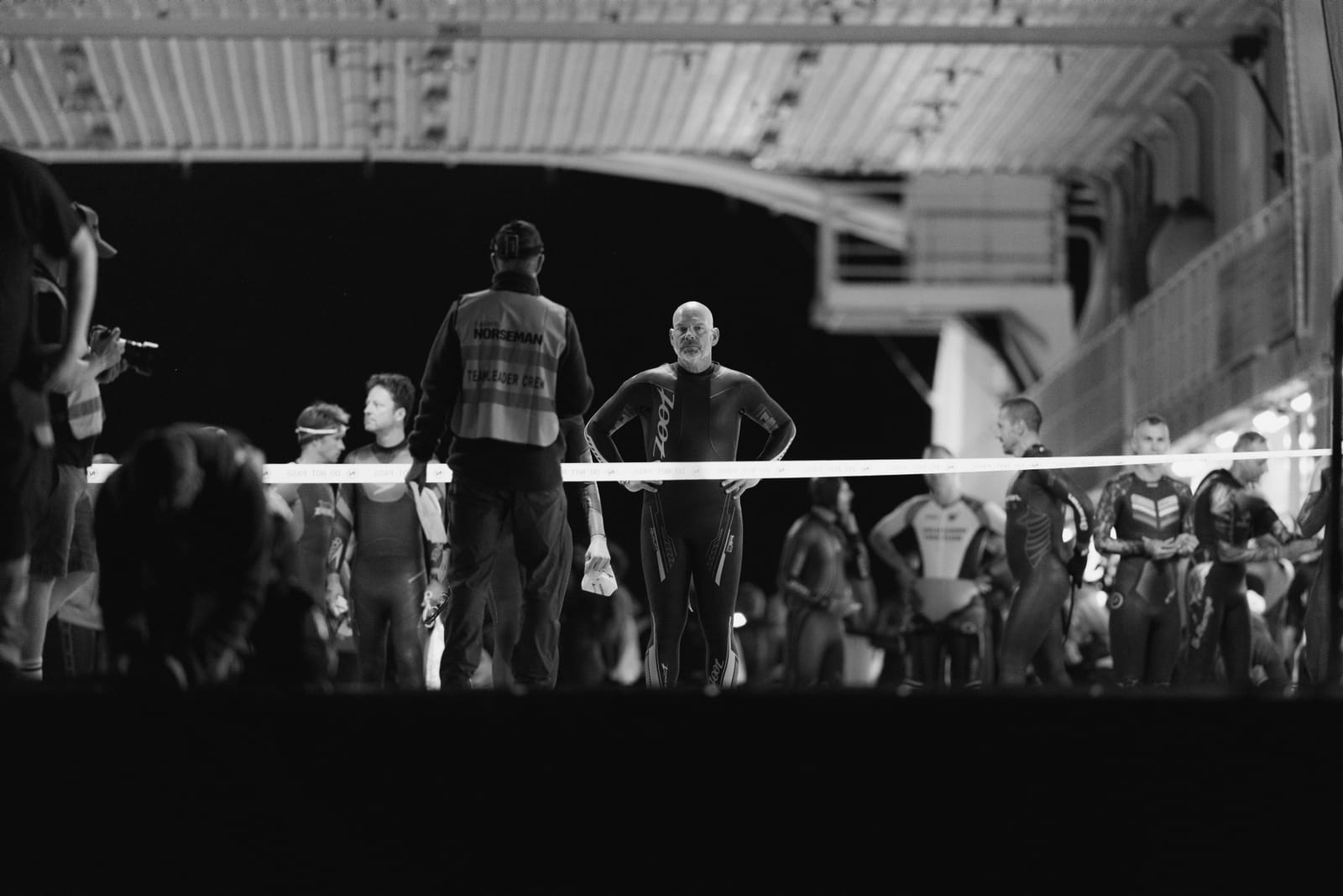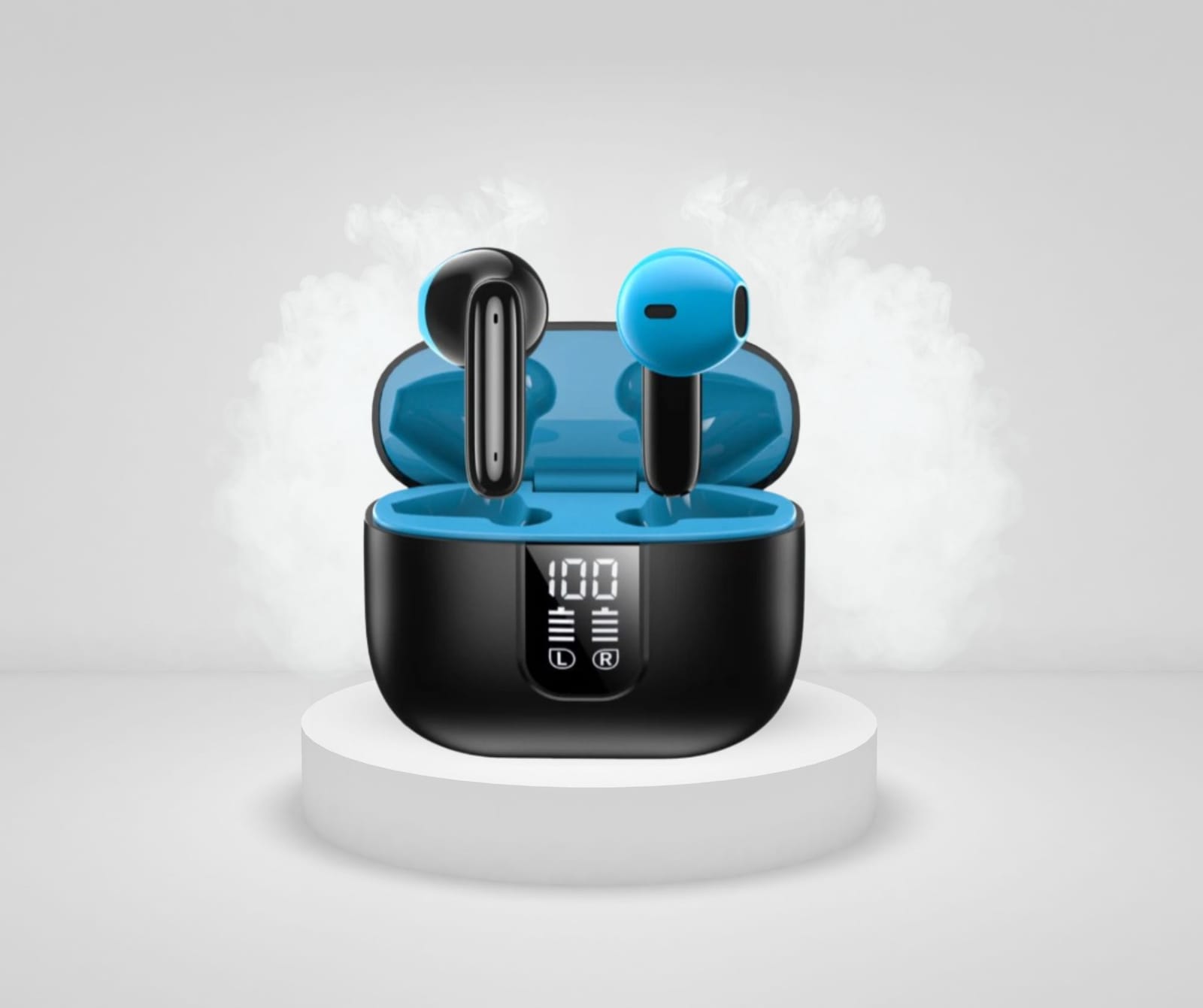Definition
Inflammation of the Achilles tendon.The Achilles is the large tendon connecting the two major calf muscles, gastrocnemius and soleus, to the back of the heel bone. Under too much stress, the tendon tightens and is forced to work too hard. This causes it to become inflamed (that is tendinitis), and, over time, can produce a covering of scar tissue, which is less flexible than the tendon. If the inflamed Achilles continues to be stressed, it can tear or rupture.

Symptoms
Dull or sharp pain anywhere along the back of the tendon, but usually close to the heel. limited ankle flexibility redness or heat over the painful area a nodule (a lumpy build-up of scar tissue) that can be felt on the tendon a cracking sound (scar tissue rubbing against tendon) with ankle movement.
Causes
Tight or fatigued calf muscles, which transfer the burden of running to the Achilles. This can be due to poor stretching, rapidly increasing distance, or over-training excessive hill running or speed work, both of which stress the Achilles more than other types of running.
Inflexible running shoes, which, in some cases, may force the Achilles to twist.
Runners who overpronate (feet rotate too far inward on impact) are most susceptible to Achilles tendinitis
Achilles Tendonitis – Treatment Methods
Self-treatment
- Stop running
- Take a course (5 – 7 days) of non-steroidal anti-inflammatory drugs(ibuprofen/voltaren/cataflam/mobic) available from your general practitioner or pharmacist
- Apply ice to the Achilles – for 10 minutes every 2 hours, in order to reduce the inflammation.
- Avoid weight-bearing activities and keep foot elevated where possible
- Self-massage – using arnica oil or anti-inflammatory gel. Rub in semi-circles in all directions away from the knotted tissue, three times a day once the nodule is gone, stretch the calf muscle gently do not start running until you can do heel raises and jumping exercises without pain return to running gradually full recovery is usually between six to eight weeks.
Medical treatment
If injury doesn’t respond to self-treatment in two weeks, see a physiotherapist or orthopaedic surgeon, surgery to scrape scar tissue off the tendon is a last resort, but not very effective.
Alternative exercises
- Swimming, pool running, cycling (in low gear) “spinning”
- No weight-bearing exercises
Preventative measures
- Stretching of the gastrocnemius (keep knee straight) and soleus (keep knee bent) muscles. Hold each stretch for 30 seconds, relax slowly. Repeat stretches 2 – 3 times per day.
- Remember to stretch well before running strengthening of foot and calf muscles (eg, heel raises) correct shoes, specifically motion-control shoes and orthotics to correct overpronation.
- Gradual progression of training programme.
- Avoid excessive hill training
- Incorporate rest into training programme







